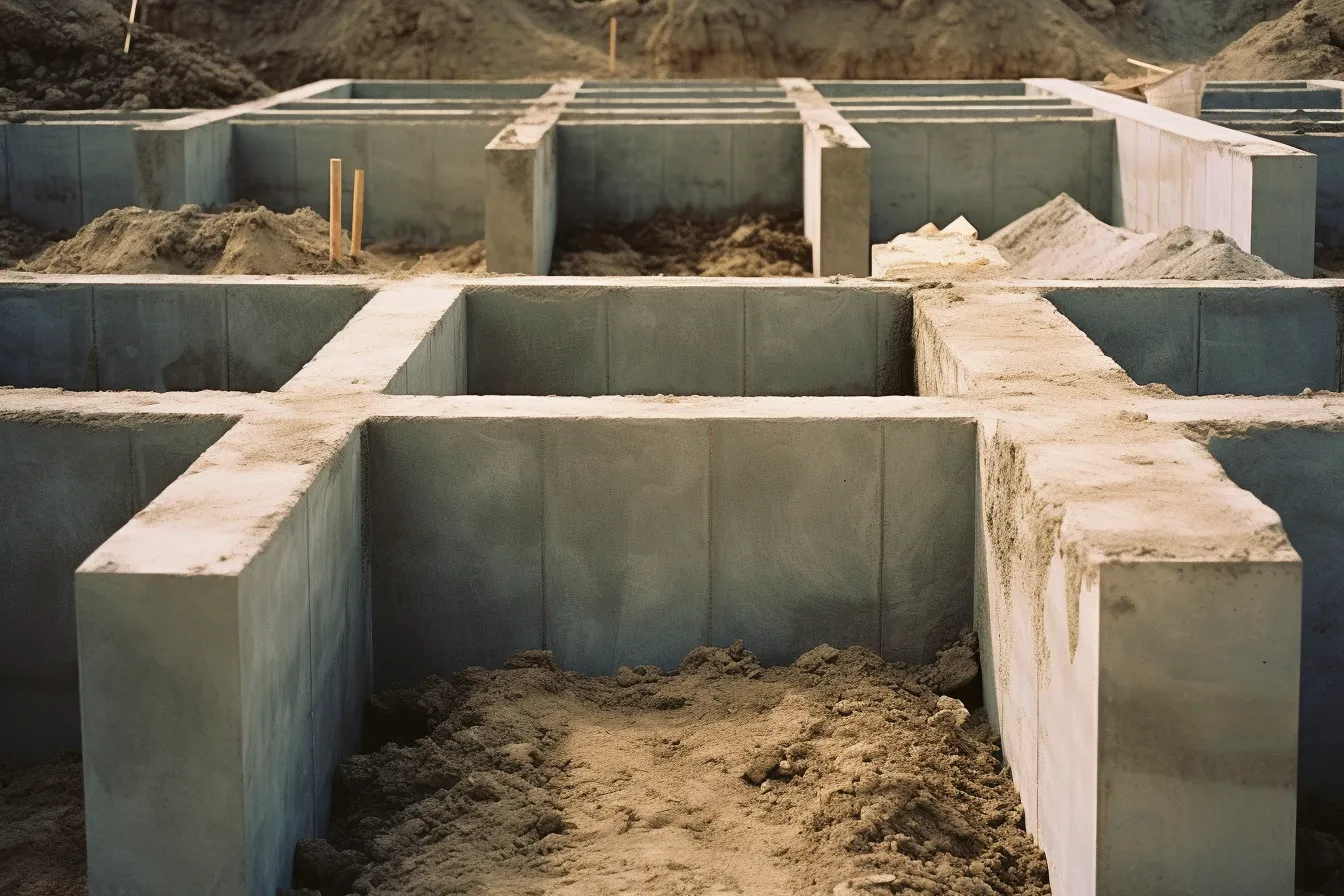The Role of Aggregate in Concrete
When it comes to concrete production, many factors play a crucial role in determining the quality and strength of the final output. One often overlooked component is the choice of aggregate. Aggregate, comprising of various materials such as sand, gravel, crushed stone, or recycled concrete, forms the bulk of concrete and contributes significantly to its overall properties. This article delves into the importance of aggregate in concrete and highlights why the choice of aggregate matters in the final output.
The Significance of Aggregate
Aggregate acts as the foundational component in concrete, providing stability, durability, and strength to the structure. It makes up approximately 60-75% of the total volume of concrete and influences several important characteristics. The quality and type of aggregate used directly impact properties such as workability, strength, density, porosity, and even the appearance of the finished product.
One of the primary functions of aggregate is to provide a solid skeleton structure that binds the cement paste together. The interlocking particles of aggregate create a network that enhances the overall strength and load-bearing capacity of the concrete. Additionally, the shape, size, and texture of aggregate particles influence the flowability, ease of placement, and compaction of the concrete mixture during construction.
Importance of Aggregate Properties
From compressive strength to permeability, the properties of aggregate significantly impact the performance of concrete. Here are some key properties to consider:
1. Size and Gradation
The size distribution of aggregate particles plays a vital role in determining the workability and strength of the concrete. Well-graded aggregates with a balanced distribution of different particle sizes lead to better compaction and reduce the void content. On the other hand, poorly graded or gap-graded aggregates can result in a less workable mixture and decrease the overall strength of the concrete.
2. Shape and Surface Texture
The shape of aggregate particles influences the workability and bond between the cement paste and aggregate. Angular, rough-textured particles provide better interlocking and improve the mechanical bond, leading to higher compressive strength. In contrast, smooth, rounded particles reduce friction and workability but can improve the aesthetics of decorative concrete surfaces.
3. Strength and Durability
The strength and durability of concrete are directly linked to the strength of the aggregate used. High-quality, strong aggregate can enhance the overall strength and resistance to cracking, abrasion, and freeze-thaw cycles. Weak or low-quality aggregate, on the other hand, can compromise the structural integrity of the concrete over time.
4. Absorption and Moisture Content
The porosity and water absorption capacity of aggregate affect the water-cement ratio and the durability of concrete. Highly porous aggregate tends to absorb more water, which can lead to increased shrinkage and cracking. Additionally, excessive moisture content in the aggregate can adversely affect the workability and curing process of concrete.
Choosing the Right Aggregate
Considering the crucial role that aggregate plays in determining the quality of concrete, it is essential to make well-informed choices. The specific requirements of the project, including the intended use and environmental factors, should guide the selection process. Here are some general tips for choosing the right aggregate:
– Consider the project specifications and consult with engineers or concrete experts to determine the appropriate aggregate size, gradation, and type.
– Evaluate the quality and source of the aggregate to ensure it meets the necessary standards and regulatory requirements.
– Balance the desired aesthetic appeal of the concrete with the functional requirements, such as strength and durability.
– Conduct thorough testing of the aggregate to assess its physical and mechanical properties before incorporating it into the concrete mix.
By making the right choices regarding aggregate selection, contractors and engineers can optimize the performance, longevity, and overall quality of their concrete structures. From residential buildings to large-scale infrastructure projects, understanding the role of aggregate in concrete is crucial for achieving success.
